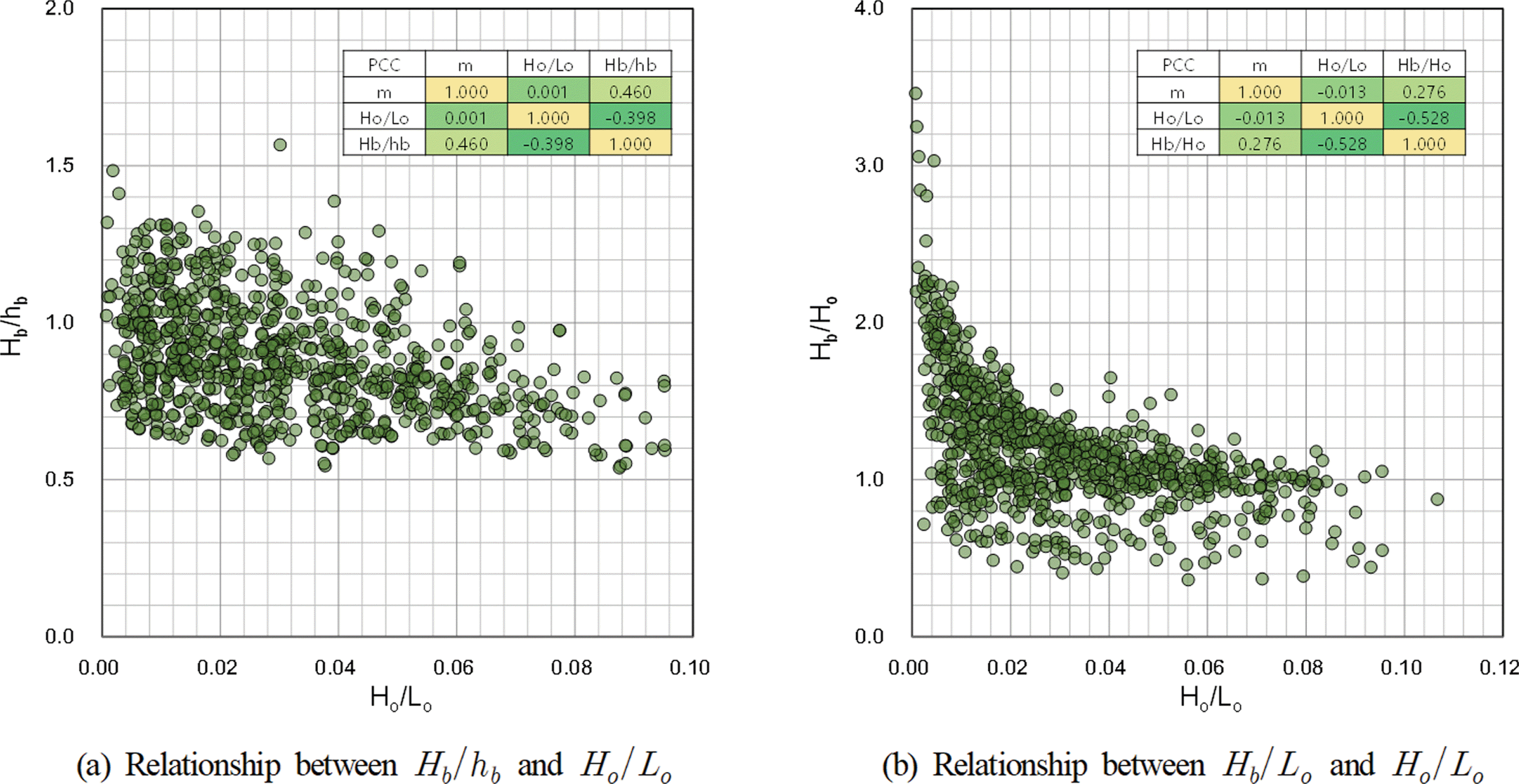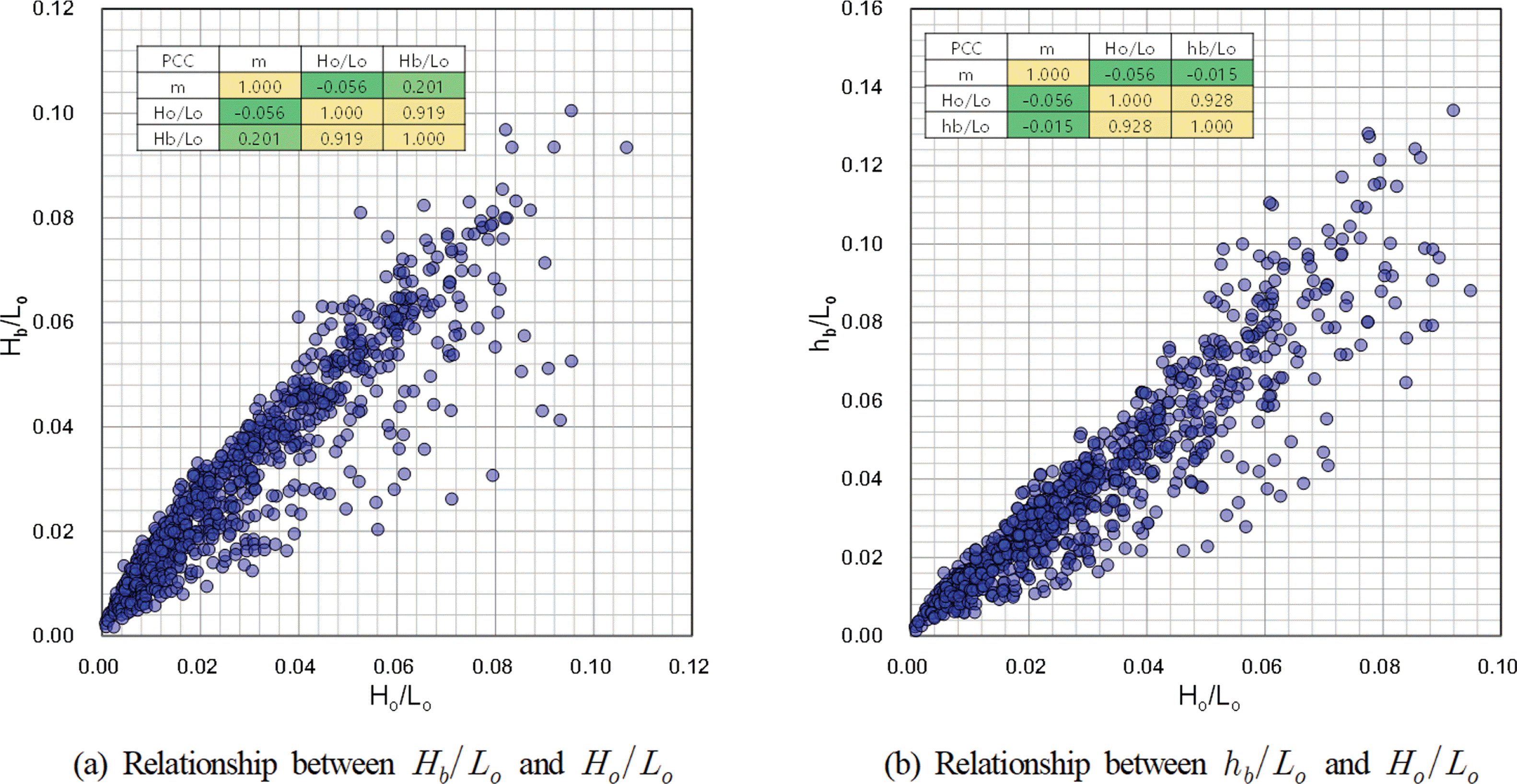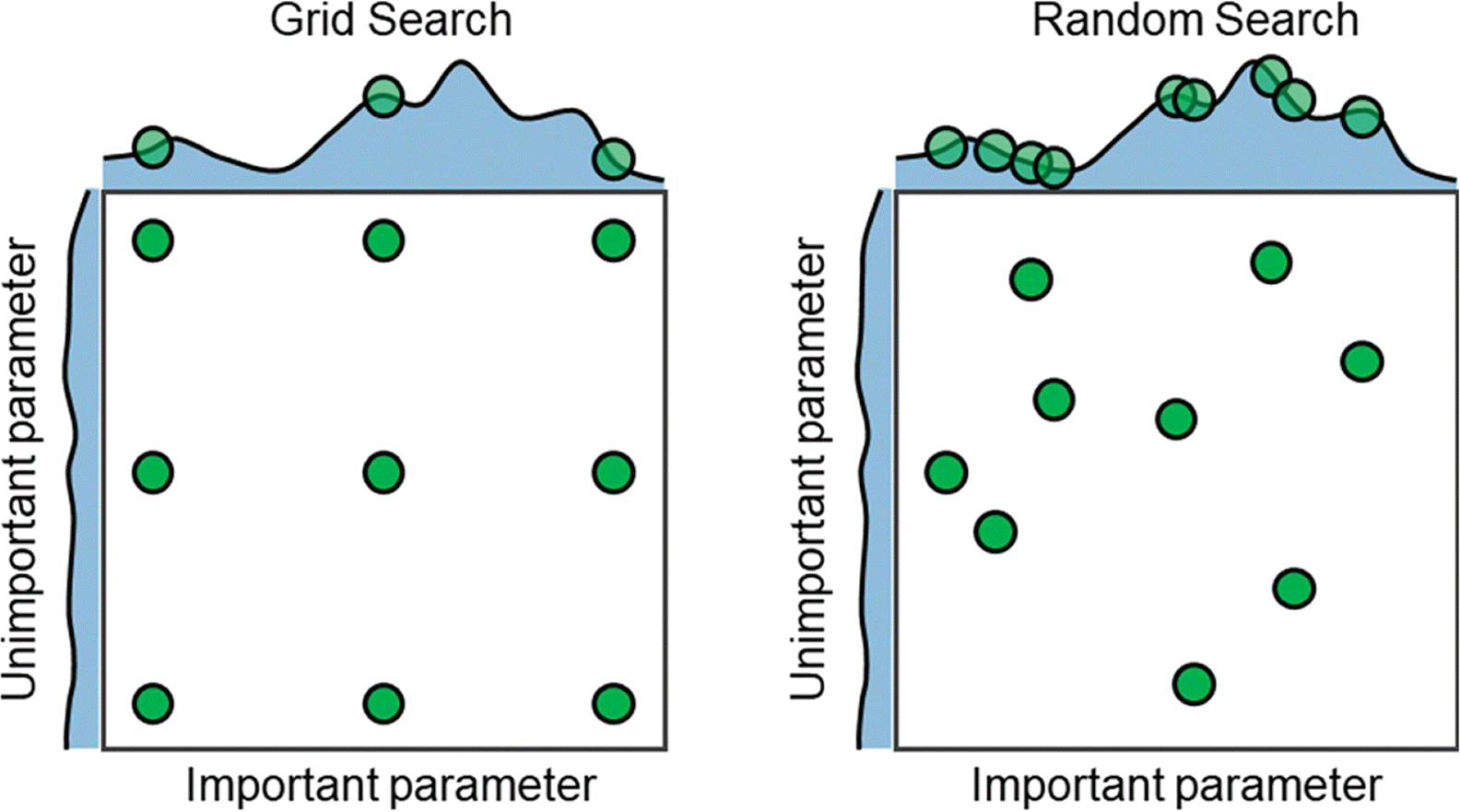Arlot, S, Celisse, A (2010). A survey of cross-validation procedures for model selection, Static Surveys, 4, 40-79.

Bataineh, M., Marler, T (2017). Neural network for regression problems with reduced training sets, Neural Networks, 95, 1-9.

Bergstra, J., Bengio, Y (2012). Random search for hyper-parameter optimization, Journal of Machine Learning Research, 13, 281-305.
Buscombe, D., Carini, R.J., Harrison, S.R., Chickadel, C.C., Warrick, J.A (2020). Optical wave gauging using deep neural networks, Coastal Engineering, 155, 103593.

Bradford, S.F (2000). Numerical simulation of surf zone dynamics, Journal of Waterway Port Coastal and Ocean Engineering, 126, 1-13.

Chella, M.A., Bihs, H., Myrhaug, D., Muskulus, M (2015). Breaking characteristics and geometric properties of spilling breakers over slopes, Coastal Engineering, 95, 4-19.

Christensen, E.D (2006). Large eddy simulation of spilling and plunging breakwaters, Coastal Engineering, 53, 463-485.

Deo, M.C, Jagdale, S.S (2003). Prediction of breaking waves with neural networks, Ocean Engineering, 30, 1163-1178.

Etemad-Shahidi, A., Shaeri, S., Jafari, E (2016). Prediction of wave overtopping at vertical structures, Coastal Engineering, 109, 42-52.

Fisher, M.A., Bolles, R.C (1981). Random sample consensus: a paradigm for model fitting with applications to image analysis and automated cartography, Communications of the ACM, 24(6):381-395.
Formentin, S.M., Zanuttigh, B (2019). A Genetic Programming based formula for wave overtopping by crown walls and bull-noses, Coastal Engineering, 152, 103529.

Goda, Y (1970). A synthesis of breaker indices, Transactions of the Japan Society of Civil Engineers, 2(2):39-40.

Goda, Y (2010). Reanalysis of regular and random breaking wave statistics, Coastal Engineering Journal, 52(1):71-106.

Hieu, P.D., Katsutoshi, T., Ca, V.T (2004). Numerical simulation of breaking waves using a two-phase flow model, Applied Mathematical Modelling, 28, 983-1005.

Huber, P.J (1964). Robust Estimation of a Location Parameter, Annals of Mathematical Statistics, 35(1):73-101.

Ishida, H, Yamaguchi, N (1983). A theory for wave breaking on slopes and its application, Proceedings of 30th Japanese Conference on Coastal Engineering, JSCE, 34-38 (in Japanese)..
James, S.C., Zhang, Y., O’Donncha, F (2018). A machine learning framework to forecast wave conditions, Coastal Engineering, 137, 1-10.

Kakuno, S, Sugita, T, Goda, T (1996). Effects of wave breaking on entrainemnt of oxygen, a review, Proceedings of 43rd Japanese Conderence on Coastal Engineering, JSCE, 1211-1215 (in Japanese)..
Kazeminezhad, M.H., Etemad-Shahidi, A (2015). A new method for the prediction of wave runup on vertical piles, Coastal Engineering, 98, 55-64.

Kim, D.H., Kim, Y.J., Hur, D.S., Jeon, H.S., Lee, C (2010). Calculating expected damage of breakwater using artificial neural network for wave height calculation, Journal of Korean Society of Coastal and Ocean Engineers, 22(2):126-132.
Kim, D.H., Park, W.S (2005). Neural network for design and reliability analysis of rubble mound breakwaters, Ocean Engineering, 32, 1332-1349.

Kim, S.W., Suh, K.D (2011). Prediction of stability number for tetrapod armour block using artificial neural network and M5’ model tree, Journal of Korean Society of Coastal and Ocean Engineers, 23(1):109-117.

Lara, J.L., Losada, I.J., Liu, P.L.F (2006). Breaking waves over mild gravel slope: Experimental and numerical analysis, Journal of Geophysical Research, 111, 1-26.
Lee, J.S., Suh, K.D (2016). Calculation of stability number of tetrapods using weights and biases of ANN model, Journal of Korean Society of Coastal and Ocean Engineers, 28(5):277-283.

Lee, K.H., Kim, T.G., Kim, D.S (2020). Prediction of wave breaking using machine learning open source platform, Journal of Korean Society of Coastal and Ocean Engineers, 32(4):262-272.

Lee, K.H., Mizutani, N., Hur, D.S., Kamiya, A (2007). The Effect of groundwater on topographic changes in a gravel beach, Ocean Engineering, 34, 605-615.

Lin, P., Liu, P.L.F (1998). A numerical study of breaking waves in the surf zone, Journal of Fluid Mechanics, 359, 239-264.

Liu, Y., Niu, X., Yu, X (2011). A new predictive formula for inception of regular wave breaking, Coastal Engineering, 58(9):877-889.

McCowan, J (1984). On the highest wave of permanent type, Philosophical Magazine, 38(5):351-358.
Miche, R (1944). Mouvements ondulatoires de la mer en profondeur constante ou décroissante, Annales de Ponts et Chaussées, 114, 26-78 , 270–292, 369–406 (in French)..
Munk, W.H (1949). The solitary wave theory and its applications to surf problems, Annals of the New York Academy of Sciences, 51(3):376-462.
Oh, N.S., Jeong, S.T (2015). The Prediction of Water Temperature at Saemangeum Lake by Neural Network, Journal of Korean Society of Coastal and Ocean Engineers, 27(1):56-62.

Pedregosa, F., Varoquaux, G., Gramfort, A, Michel, V, Thirion, B, Grisel, O, Blondel, M, Prettenhofer, P, Weiss, R, Dubourg, V, Vanderplas, J, Passos, A, Cournapeau, D (2011). Scikit-learn: Machine Learning in Python, Journal of Machine Learning Research, 12, 2825-2830.
Rattanapitikon, W., Shibayama, T (2006). Braking wave formulas for breaking depth and orbital to phase velocity ratio, Coastal Engineering Journal, 48(4):395-416.

Ren, J (2012). ANN vs. SVM: Which one performs better in classification of MCCs in mammogram imaging, Knowledge-Based Systems, 26, 144-153.

Sakai, S, Kazumi, S, Ono, T, Yamashita, T, Saeki, H (1986). Study on wave breaking and its resulting entrainment of air, Proceedings of 33rd Japanese Conference on Coastal Engineering, JSCE, 16-20 (in Japanese)..
Samuel, A.L (1959). Some studies in machine learning using the game of checkers, IBM Journal of Research and Development, 3(3):210-229.

Smith, ER, Kraus, NC. (1990). Laboratory study on macro-features of wave breaking over bars and artificial reefs. U.S. Army Corps of Engineers Technical Report CREC-90-12, WES, p 232.
Stringari, D.L., Harris, D.L., Power, H.E (2019). A novel machine learning algorithm for tracking remotely sensed waves in the surf zone, Coastal Engineering, 147, 149-158.

Stokes, G.G (1880). Appendices and supplement to a paper on the theory of oscillatory waves, Mathematical and Physical Papers, 1, 219-229.
Vapnik, VN. (1995). The Nature of Statistical Learning Theory. Springer, New York.
Xie, W., Shibayama, T., Esteban, M (2019). A semi-empirical formula for calculating the breaking depth of plunging waves, Coastal Engineering Journal, 61(2):199-209.

Yi, J.K., Ryu, K.H., Baek, W.D., Jeong, W.M (2017). Wave height and downtime event forecasting in harbour with complex topography using auto-regressive and artificial neural networks Models, Journal of Korean Society of Coastal and Ocean Engineers, 29(4):180-188.

Zhao, Q., Armfield, S., Tanimoto, K (2004). Numerical simulation of breaking waves by a multi-scale turbulence model, Coastal Engineering, 51, 53-80.





